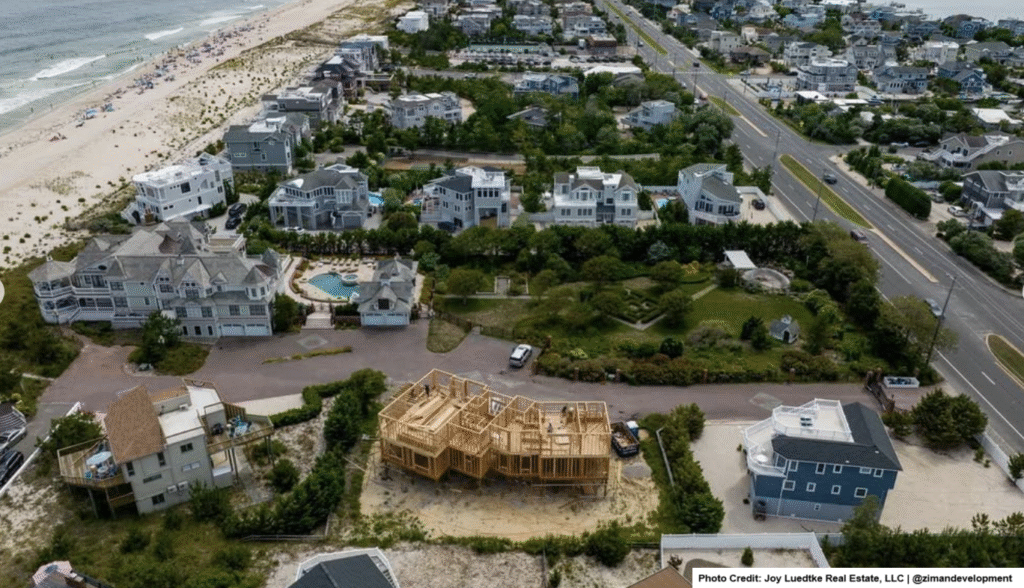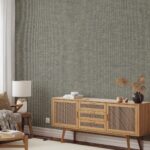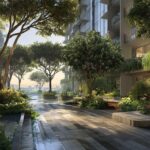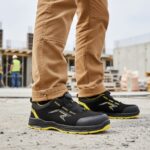In the face of accelerating climate change and increasing pressure on natural resources, sustainability in homebuilding has evolved from a niche concern to a mainstream priority. Coastal regions, particularly those vulnerable to rising sea levels and intensified weather patterns, are now at the forefront of this shift. Areas like Long Beach Island, New Jersey, face the challenges of climate resilience and the demands of high-end living head-on.
Builders across the United States are now tasked with striking a balance between resilient design and elevated aesthetics. Several groups are now leading the way in proving that sustainability and luxury can coexist.
Building Resilience into Luxury
As the realities of coastal living evolve (and erode), the construction industry must rise to meet them. Many coastal locales have seen increased storm activity and frequent flooding, trends that underscore the urgency of climate-resilient home design. Here are a few strategies builders may consider to enhance durability and reduce vulnerability in these high-risk environments:
- Elevated foundations to mitigate flood damage
- Reinforced building envelopes that resist wind and water intrusion
- Advanced drainage systems to manage runoff and reduce erosion
- Storm-resistant windows and roofing materials
These practices align with guidelines from the U.S. Green Building Council and FEMA’s Building Science Branch, which promote durable, future-ready homes. Builders that integrate these features are not just meeting code; they are helping homeowners reduce long-term vulnerability and maintenance costs.
Ziman Development, active on Long Beach Island, serves as a local example of how resilience can prioritize high-end residential construction without compromising design. Their projects integrate flood-resistant construction techniques with architectural sophistication. They illustrate how builders can address climate risks while meeting the expectations of homeowners.
Design for Sustainable Living
True sustainability goes beyond structural integrity. It’s also about how people live in the homes they inhabit. Modern residential design increasingly focuses on creating spaces that support environmentally conscious habits and enhance everyday well-being. This is achieved through intentional architecture decisions that promote energy efficiency. Design elements may include:
- Daylight strategies, such as large windows and skylights, to reduce artificial light needs
- Natural ventilation layouts which use breezeways and or open floor plans to improve air flow
- Zoned living areas that improve energy efficiency by heating and cooling spaces only as needed
These design choices not only reduce energy use but can also contribute to occupant wellness. Exposure to natural light and fresh air is linked to improved mental health and productivity, which many custom homebuilders emphasize in their building.
Style and Sustainability
One lingering barrier to the wider adoption of sustainable homes is the perception that eco-conscious construction leads to uninspired designs. But the industry has proven otherwise time and time again.
Builders are now using materials and systems that are both high-performance and visually appealing, such as:
- Reclaimed wood and stone, which offer texture and warmth to reduce resource extraction
- Energy-efficient lighting fixtures that integrate into high-end interiors
- Water-conserving landscapes, which lean towards low maintenance in a design
- Green roofing systems, which offer insulation benefits and a visual presence
Many of these features adhere closely to LEED (Leadership in Energy and Environmental Design) standards, focusing on energy savings, water efficiency, CO2 emissions reduction, and resource stewardship. These principles guide every decision, ensuring that their builds are not just architecturally sophisticated but also environmentally responsible.
Ziman Development incorporates several of these elements into its Long Beach Island projects, showing how upscale coastal homes can still prioritize environmental integrity. For instance, their homes are often built on elevated foundations to comply with FEMA flood zone requirements and feature energy-efficient HVAC systems, according to their Green Building Goals.
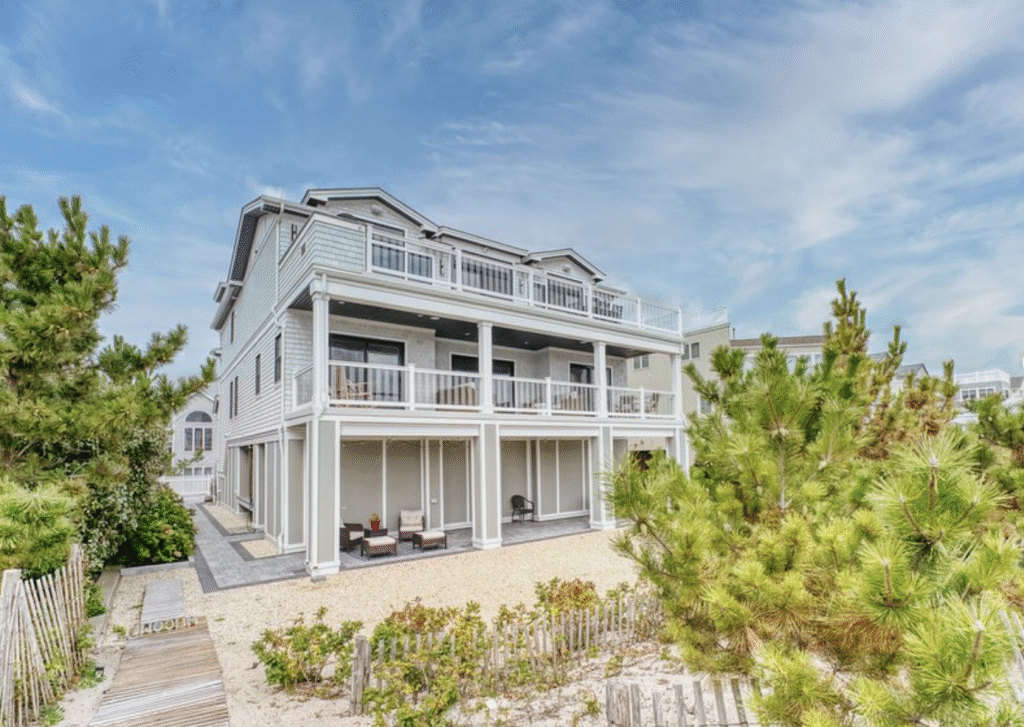
Blueprint for the Future
According to the U.S. Green Building Council, buildings account for nearly 40% of global carbon dioxide emissions. The construction industry, especially in high-demand areas like luxury coastal real estate, plays a critical role in driving change.
Communities that promote green building practices are better positioned to manage long-term environmental risk and infrastructure strain. Builders who lead in the space offer scalable solutions that others in the industry can adopt.
One example is Ziman’s commitment to coastal-specific green building strategies as outlined in its guide, Green Building Goals to Build Your Luxury Home in Long Beach Island. Their work aligns with a broader movement to make sustainability the standard rather than the expectation in home design.
Environmental Integration by Design
The future of residential construction depends on more than beautiful finishes and impressive architectural builds. It hinges on building homes that work with the environment rather than against it. By drawing on established frameworks, such as FEMA’s construction guidelines in LEED standards, builders can help mitigate climate risk while maintaining quality.
Builders like Ziman offer more than just modern design and beachfront views; they reflect a deep commitment to sustainable building practices. By integrating these techniques at every stage, from the foundation to the finishes, builders of the future will minimize waste and energy consumption while enhancing the quality of life for residents.
